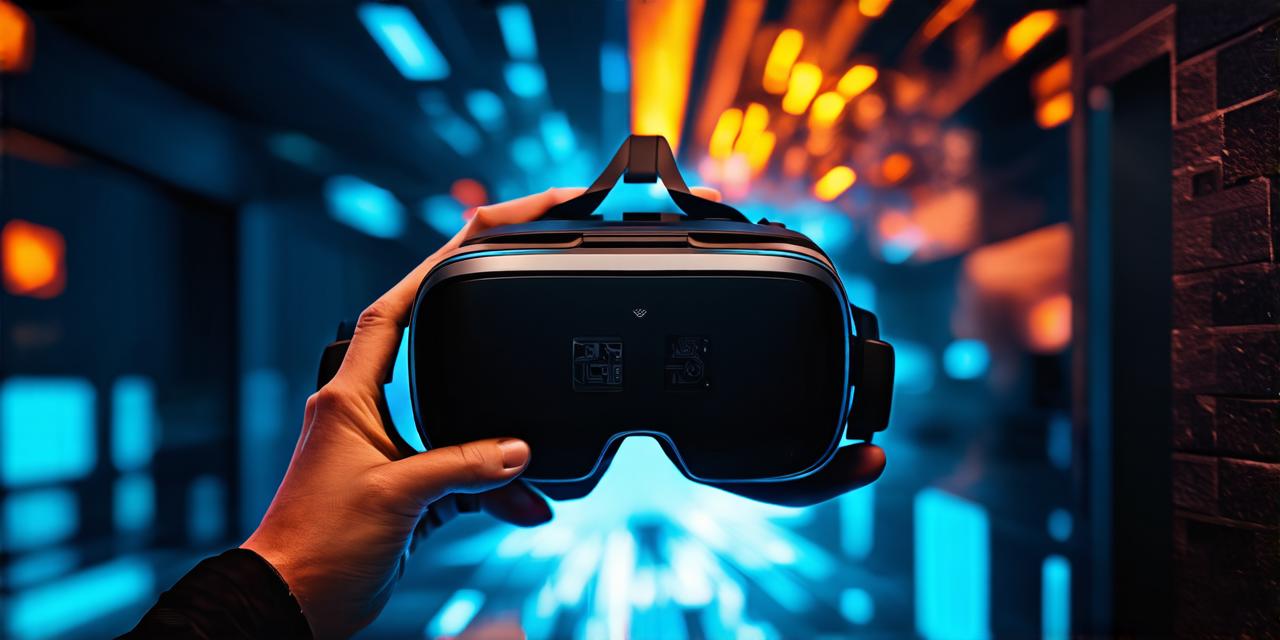The Immersive Experience
One of the main reasons why people love virtual reality is the immersive experience it provides. With VR headsets and controllers, users can enter a digital world and interact with it in a way that feels incredibly real.
This immersive experience has been shown to have numerous benefits, including increased engagement, improved learning, and enhanced emotional experiences.
For example, in the gaming industry, VR provides an unparalleled level of immersion that can make games feel more realistic and engaging than ever before. It’s not just about experiencing the game world; it’s about being a part of it, feeling like you’re actually there, and interacting with other characters in the game.
Virtual reality is also being used in the healthcare industry to provide patients with a unique perspective on their conditions. For example, surgeons can use VR technology to simulate surgeries, allowing them to practice and perfect their skills without risking the patient’s safety. Patients can also benefit from virtual reality by experiencing treatments in a more immersive and engaging way, which can lead to better outcomes.
The Social Connection
Another reason why people are drawn to virtual reality is the social connection it provides. With VR technology, users can interact with other people in a virtual world, allowing them to form connections that might not be possible in real life.
For example, virtual reality has been used to create online communities for people with similar interests, such as gaming or music. These communities allow people to connect with others who share their passions and build relationships that can last a lifetime.
Virtual reality is also being used in the education sector to facilitate collaborative learning experiences. By allowing students from different parts of the world to work together on projects in a virtual environment, teachers can create opportunities for global collaboration and cultural exchange.
The Therapeutic Benefits
Virtual reality technology has been shown to have numerous therapeutic benefits. For example, it’s being used to treat anxiety and phobias by exposing patients to virtual environments that trigger their fears in a safe and controlled way. This exposure therapy can be highly effective in reducing anxiety levels and improving overall mental health.
Virtual reality is also being used to treat PTSD (post-traumatic stress disorder) by allowing patients to confront traumatic memories in a virtual environment. By exposing patients to these memories in a controlled way, therapists can help them process their trauma and move on from it.
Virtual reality has also been shown to be effective in treating pain management. For example, it’s being used in the medical field to distract patients during painful procedures, such as surgery or dentistry. By providing a virtual environment that can be customized to each patient’s preferences, virtual reality technology can help reduce discomfort and anxiety.
The Future of Virtual Reality
Virtual reality technology is still in its early stages, but it’s already making a significant impact on the way we experience the world around us. As more people become familiar with VR technology, we can expect to see even more innovative uses for it in the future.
One area where virtual reality is likely to have a significant impact is in the field of tourism. By allowing people to explore virtual representations of popular tourist destinations, virtual reality could make travel more accessible and affordable for everyone.
Virtual reality could also revolutionize the way we learn about history and culture. By providing immersive experiences that allow us to step into the shoes of people from different time periods and cultures, virtual reality could help us better understand and appreciate our shared human experience.
FAQs
1. What is virtual reality?
Virtual reality (VR) is a technology that creates an artificial environment in which users can interact with computer-generated objects and experiences.
2. How does virtual reality work?
Virtual reality works by using sensors to track the user’s movements and adjust the virtual environment accordingly.
